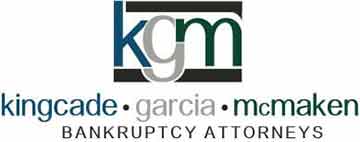When you file for Chapter 13 bankruptcy in Florida, you agree to the terms of a specific payback plan. Once you make payments on the plan for a certain period of time, your remaining debts typically undergo discharge. This process often takes about three and five years to complete. However, in some cases, certain life circumstances may arise that make it difficult or even impossible for you to keep up with the terms of your payback plan.
In this scenario, the United States Courts note, you may want to try to get something called a hardship discharge.
Understanding the hardship discharge
You may decide to ask for a hardship discharge if you are experiencing a change in your financial circumstances that is outside of your control. Such a discharge enables you to wipe out certain debts before paying them off under the terms of your original payback plan. It is important to note that if granted a hardship discharge, not all debts qualify. There are some debts you still have to pay even after a hardship discharge.
Qualifying for a hardship discharge
Qualifying for a hardship discharge requires you to demonstrate that three specific things are true. First, you have to prove that your change in financial circumstances occurred through no fault of your own. Second, you have to show that you paid back your creditors as least as much as you would have had you filed for Chapter 7. Third, you have to show that modifying your plan is not practical or possible.
If you fail to qualify for a hardship discharge, it may be because you have not yet paid enough to your creditors to do so. In this situation, you may want to consider transitioning from a Chapter 13 to a Chapter 7 bankruptcy.


